Photo
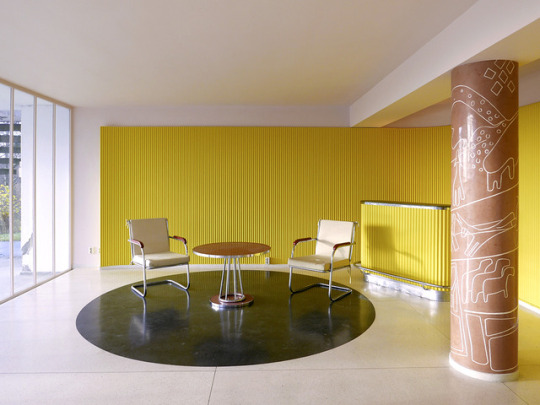
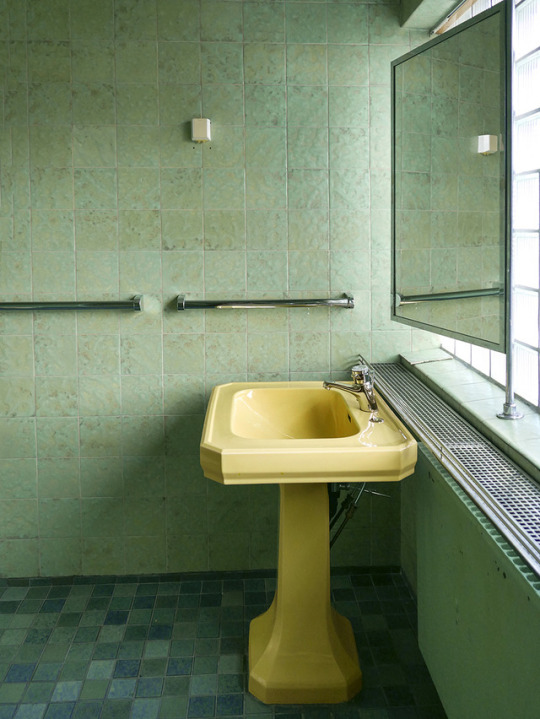
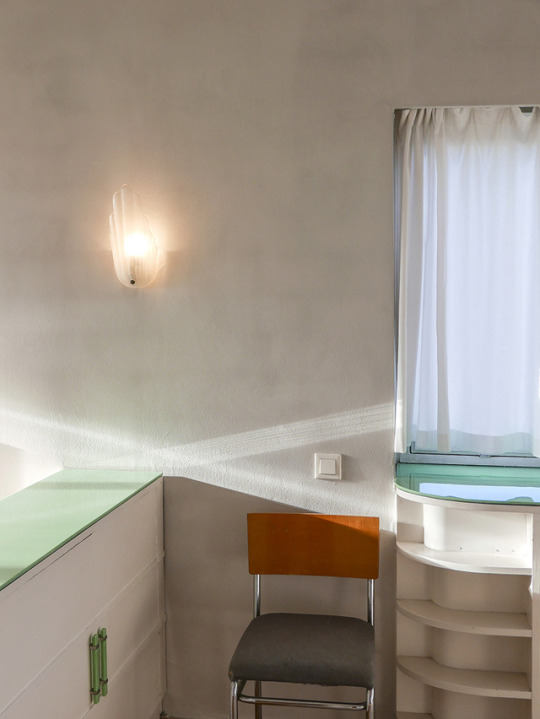
Villa Stenersen in Oslo, Norway. In the late 1930s, Rolf Stenersen, a Norwegian stockbroker, commissioned the architect Arne Korsomo to design a residence for his family. It was also designed as a space for social gatherings and a site for displaying Stenerson’s vast collection of art.
"The Scandinavian colors from early Modernism can be said to be deeper and more saturated than, for instance, French or Dutch examples from that time," says Gudrun Eidsvik, Curator of Architecture and Design at Oslo’s National Museum of Art. "Korsmo had an obsession with blue but also with more unexpected choices, like silver, gold, and bright green. He had a subtle way of organizing the colors and contrasting them in a way that didn't overwhelm the art works."
7 notes
·
View notes
Photo
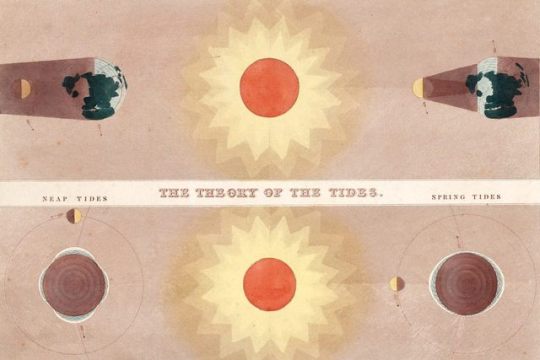
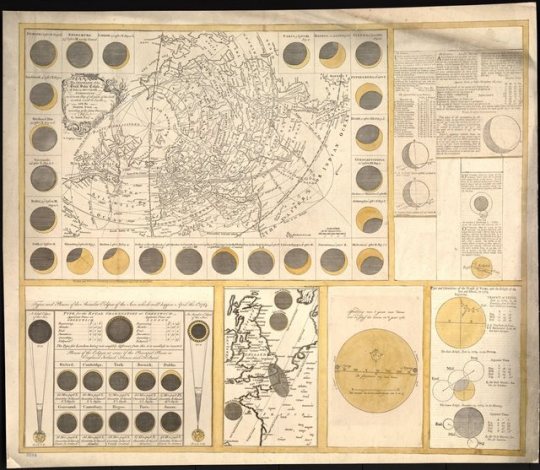
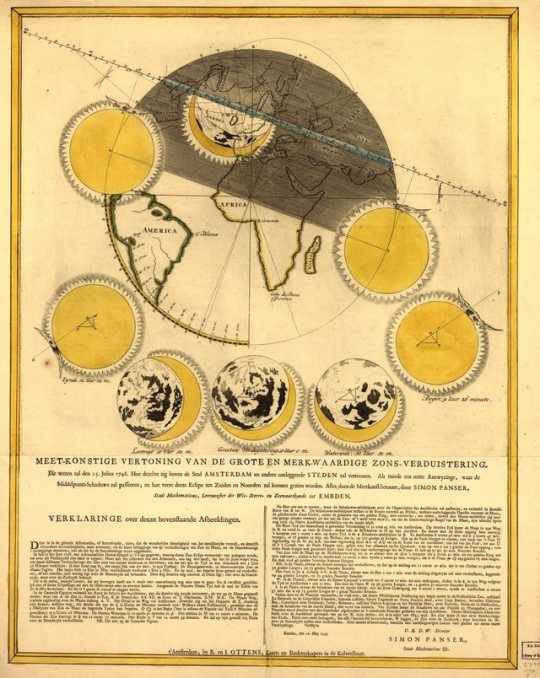
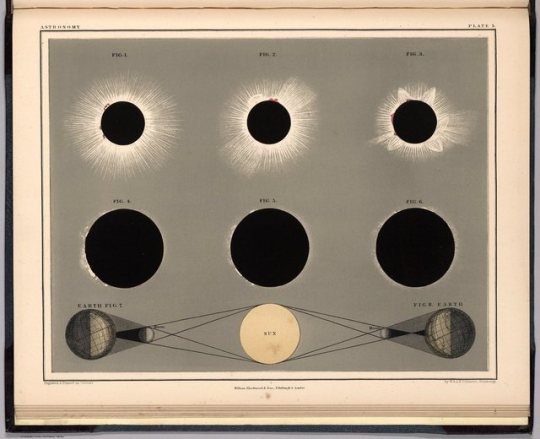
Eclipse maps from 1851 (top), 1748 (center), and 1869 (bottom). See more here.
3 notes
·
View notes
Photo
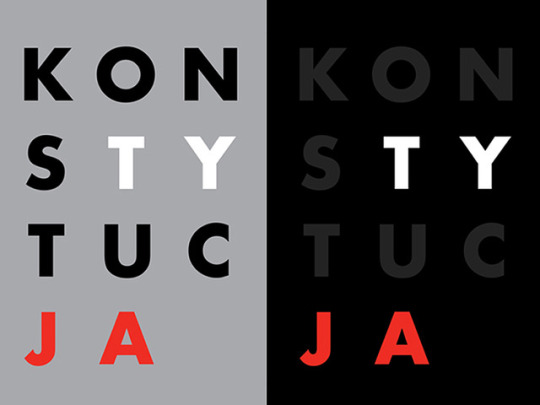
As Polish citizens gathered to protest a bill that signals a national shift away from democracy, thousands of them brandished, clung to, wore, and waved one simple graphic designed by Luka Rayski: a poster saying “Konstytucja”, which means “constitution” in Polish. Colored to emphasize the “ty” (“you”) and “ja” (“me”), these eleven letters on a field of gray spoke volumes about the desires and values of these Polish people.
2 notes
·
View notes
Photo

Francis Kéré, Serpentine Pavilion, 2017. The architect, who leads Berlin-based Kéré Architecture, was inspired by a tree that serves as a central meeting place in his hometown in Gando in Burkina Faso. The roof serves as a funnel for rainwater, which cascades down the center and falls down to the ground like a waterfall.
0 notes
Photo
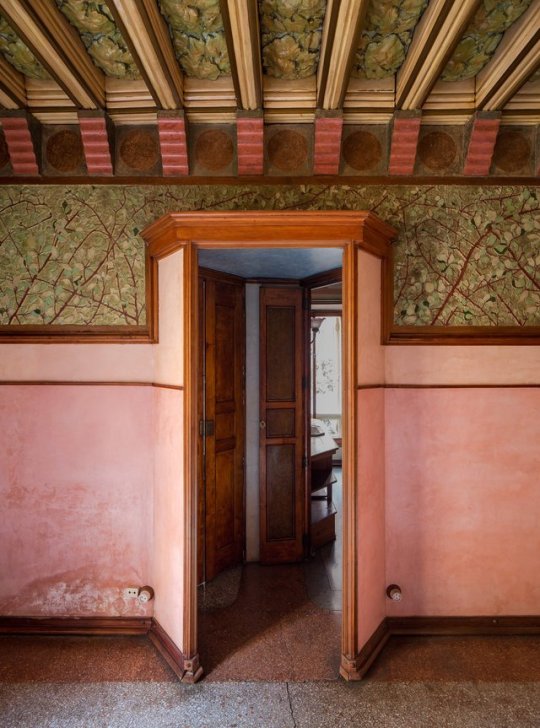
Casa Vincens, one of eight structures designed by Catalan architect Antoni Gaudí recognized as a UNESCO world heritage site, will finally open to the public this fall after extensive renovations.
0 notes
Photo
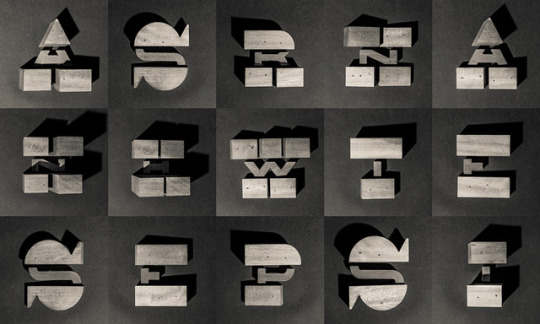
“Spanish Western, a one-off project from Madrid design studio Dosdecadatres, is a set of 3D lettering commissioned as titles for Alberto Esteban’s public television documentary of the same name.” See more here.
0 notes
Photo
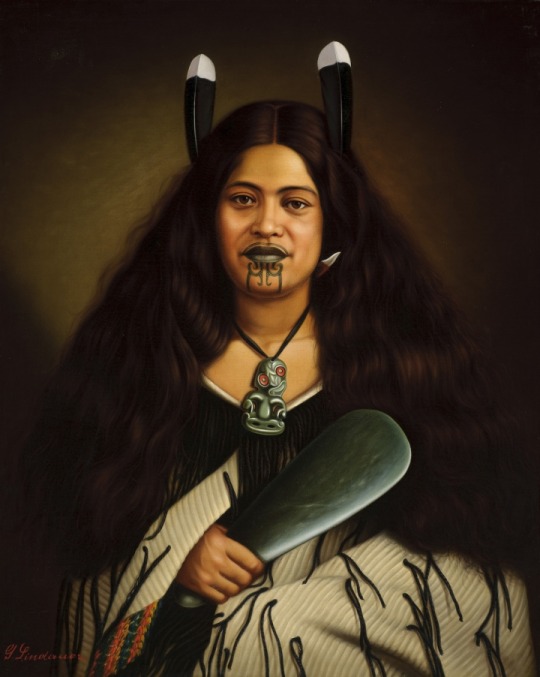
Gottfried Lindauer, “Pare Watene” (1878), Auckland Art Gallery Toi o Tāmaki, gift of Mr H E Partridge, 1915. Lindauer, a Czech immigrant, became famous for his portraits of New Zealand’s native Māori. Largely commissioned by British businessman Henry Partridge, who was concerned that the Māori were a culture at risk of dying out, Lindauer used black and white photographs as the basis for much of his work. Partridge was not his only client, however; the Māori also tapped the artist to produce lavish full color portraits of subjects, many of which are also on view now at the Auckland Art Gallery Toi o Tāmaki.
7 notes
·
View notes
Photo
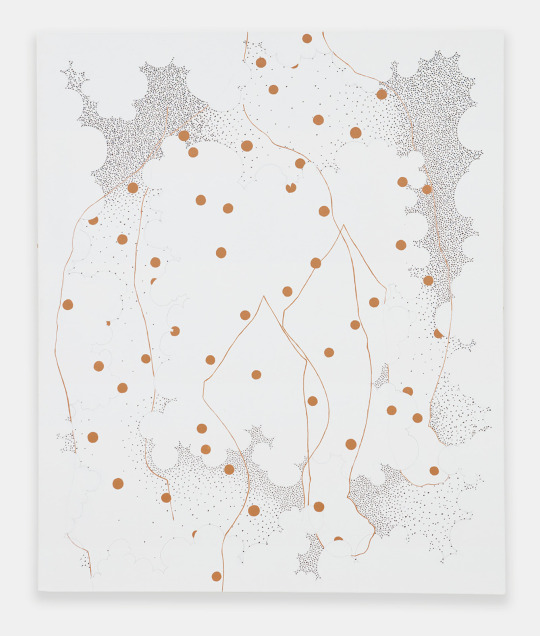
Graham Anderson, Portrait in Bronze, Portrait in Lead, 2016. Oil on canvas.
0 notes
Photo
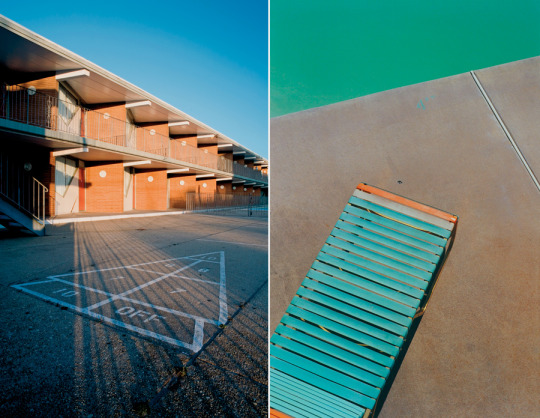
From Out of Season, a collection of photographs by Mark Havens that chronicles the midcentury American modernist architecture of Jersey Shore motels.
0 notes
Photo
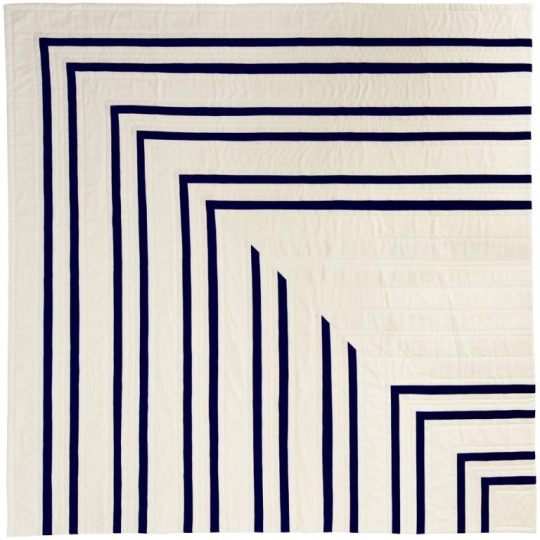
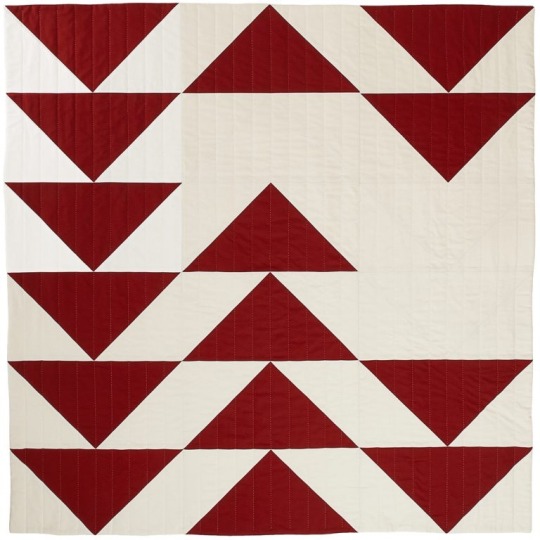
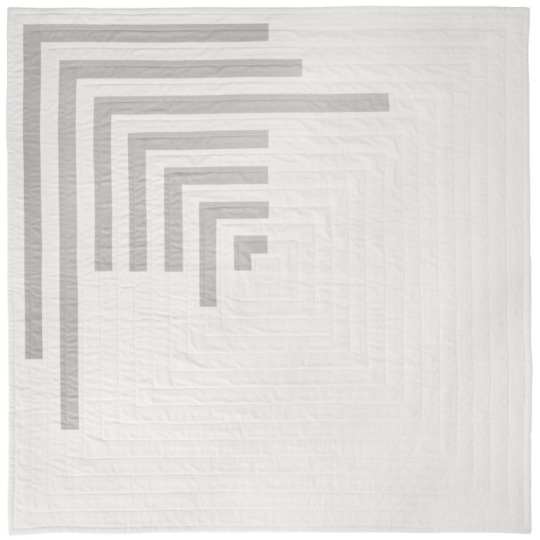
Lindsay Stead quilts.
0 notes
Photo
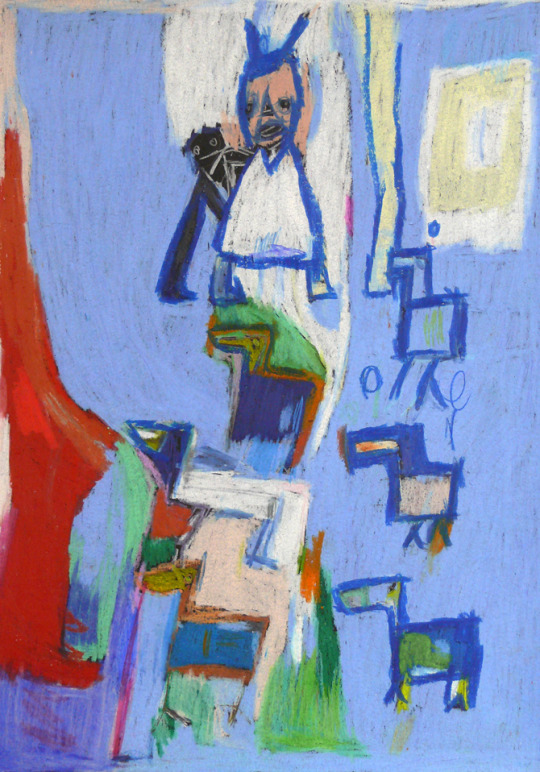
Luis Aguilera, represented by Creative Growth, Oakland, CA.
7 notes
·
View notes
Photo
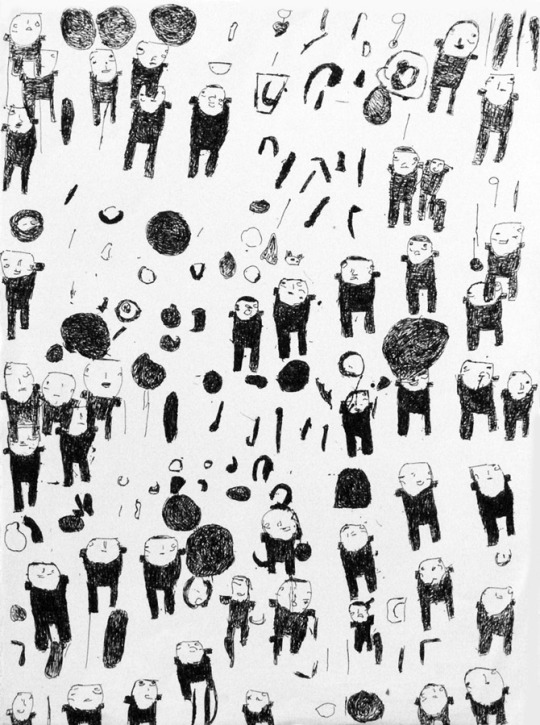
Donald Mitchell, an artist represented by the arts nonprofit Creative Growth in Oakland, CA.
1 note
·
View note
Photo
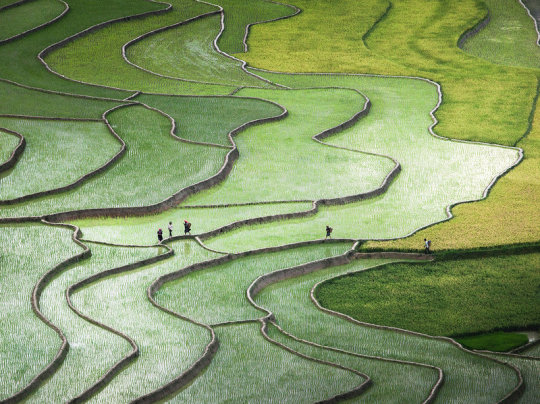
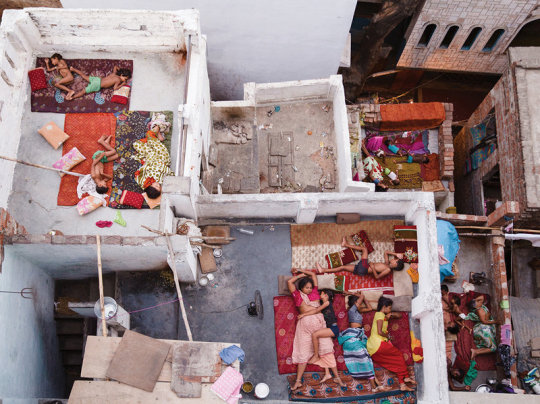
A few beautiful images from the 2015 National Geographic photo contest.
4 notes
·
View notes
Photo
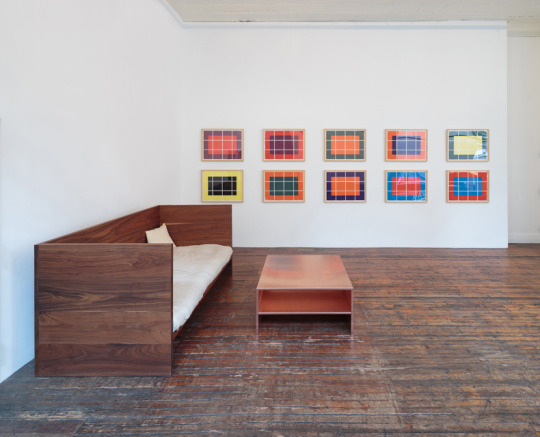
Donald Judd prints on display at Judd’s former residence at 101 Spring Street in the Soho neighborhood of New York City.
1 note
·
View note
Photo
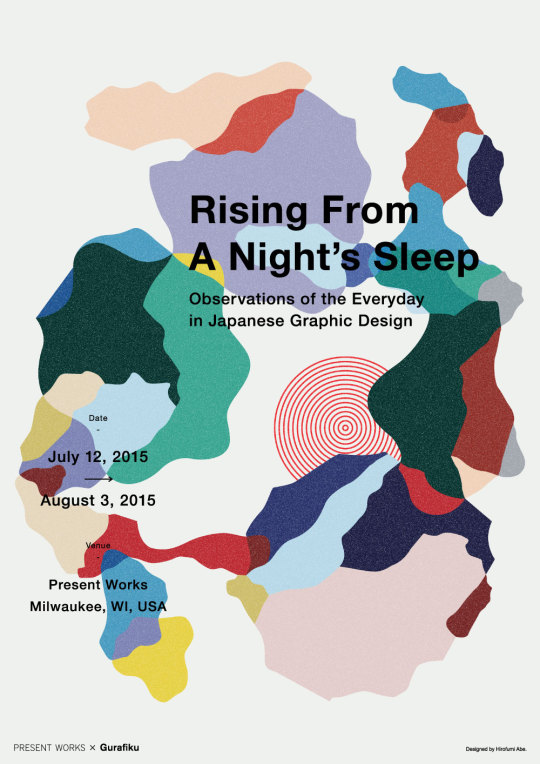

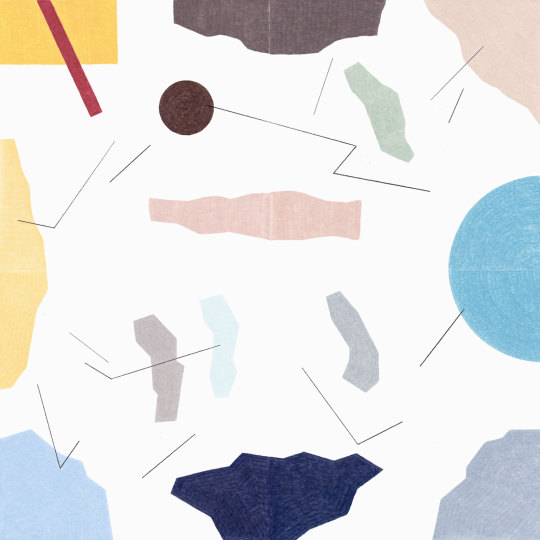
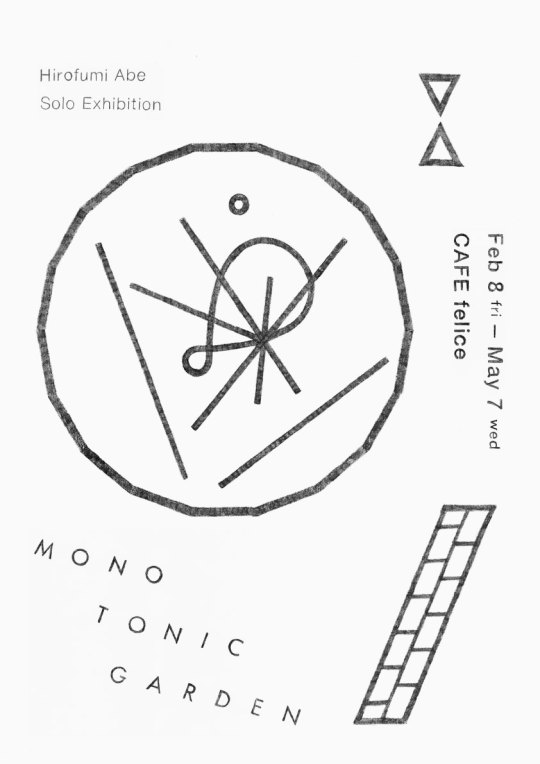
Beautiful work by graphic designer Hirofumi Abe.
0 notes
Photo
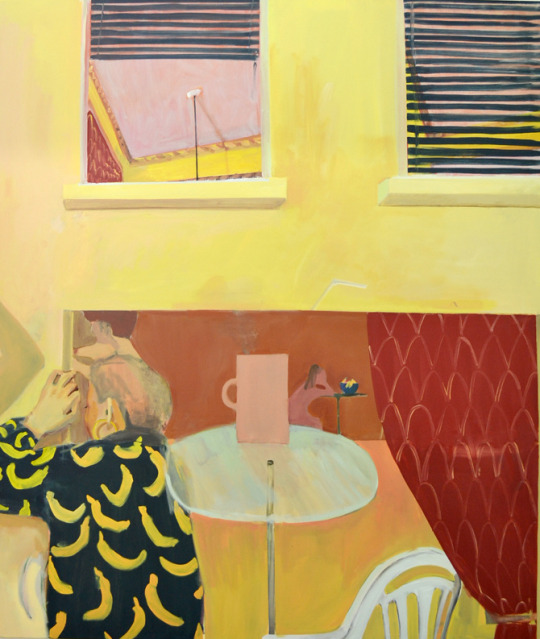
Painting by Gabriella Boyd, who also illustrated a lush new edition of Freud’s interpreting dreams. She is observer of the first degree, depicting the most mundane aspects of human existence.
0 notes
Photo
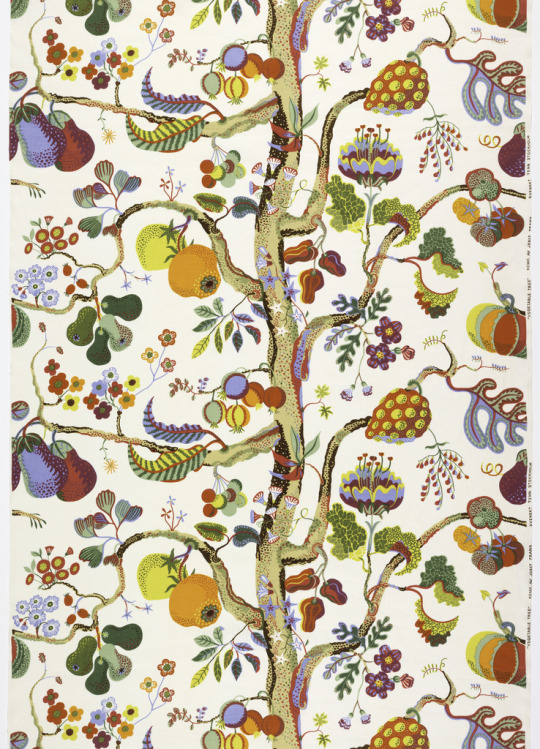
A striking textile. Vegetable Tree from 1944.
0 notes